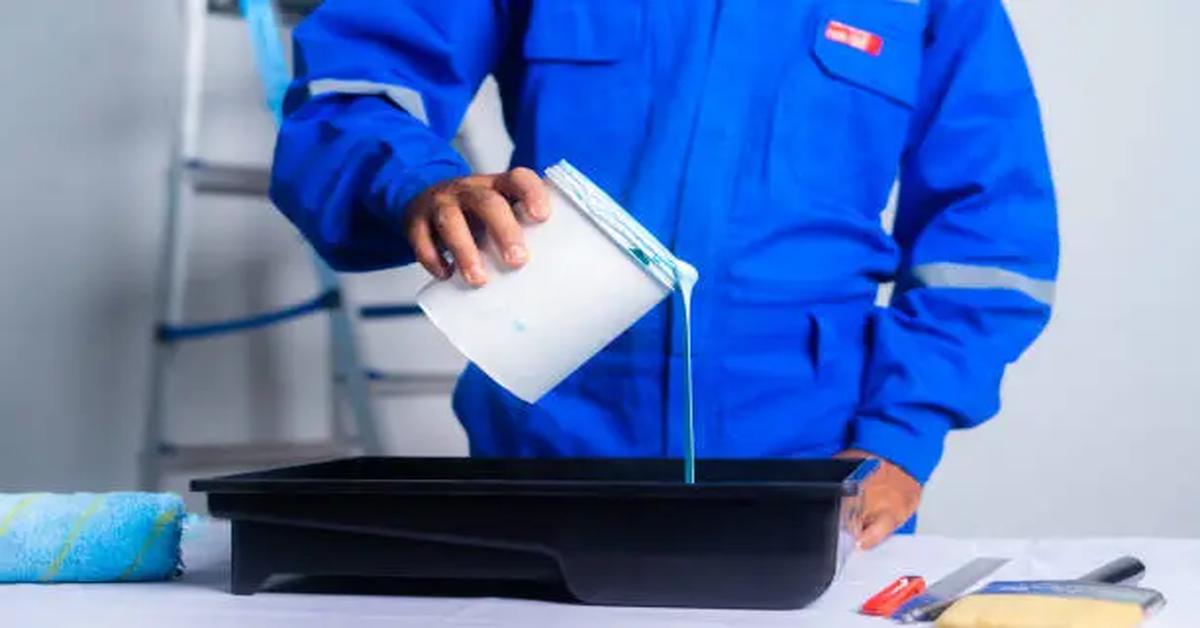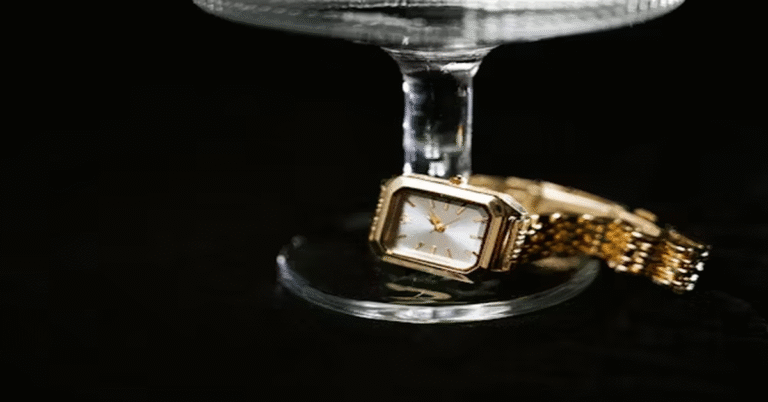
The industrial world relies heavily on protective coatings to extend the lifespan of materials, improve surface performance, and ensure safety in harsh environments. Among the many names in this space, mannacote stands as a concept that reflects advanced protective coating systems designed for both industrial and commercial purposes. Coatings such as mannacote are not merely superficial applications; they represent engineered solutions that enhance durability, resistance, and long-term reliability across a range of industries.
In this comprehensive 3000-word article, we will explore mannacote in detail: its meaning, role in the protective coatings industry, how it is manufactured, its applications in various fields, technical features, performance benefits, and the reasons why such coatings are essential in modern engineering. By the end, you’ll understand mannacote not just as a product name but as a reflection of technological excellence in protective materials.
Understanding Mannacote
At its core, mannacote refers to a protective coating—a layer applied to surfaces like steel, concrete, wood, or composites to safeguard against environmental damage, chemical exposure, or mechanical wear. The word suggests strength and resilience, embodying the characteristics industries seek when protecting valuable infrastructure and equipment.
Unlike decorative paints, coatings like mannacote are functional. Their primary role is to extend lifespan, reduce maintenance costs, and improve safety by preventing corrosion, abrasion, and chemical breakdown. In industries such as construction, marine, automotive, and energy, mannacote-type solutions are indispensable for long-term sustainability.
The Role of Protective Coatings in Industry
To appreciate mannacote, one must first understand the general role of protective coatings. Surfaces exposed to the environment are subject to constant attack by moisture, chemicals, UV light, and physical abrasion. Without protection, steel rusts, concrete cracks, wood rots, and plastics degrade.
Protective coatings form a barrier between the environment and the material. This barrier can be engineered for specific properties—such as water resistance, fire resistance, or chemical resistance—depending on the application.
Table: Common Threats to Surfaces and How Mannacote Protects
| Threat | Impact on Surface | Mannacote Protective Role |
|---|---|---|
| Moisture | Rusting of metals | Provides waterproof barrier |
| Chemicals | Corrosion or breakdown | Chemical-resistant formulation |
| UV Radiation | Surface fading and cracking | UV stabilizers prevent degradation |
| Abrasion | Mechanical wear, scratches | Hard, durable coating layer |
| Heat | Expansion, cracking | Heat-resistant formulation |
Technical Features of Mannacote
Coatings like mannacote are designed with specific technical features that set them apart from standard paints or finishes. Some of these features include:
- Corrosion Resistance: Prevents oxidation and rust on steel and iron.
- Chemical Resistance: Withstands acids, alkalis, solvents, and oils.
- High Adhesion: Strong bonding to substrates ensures long-lasting protection.
- Abrasion Resistance: Suitable for high-wear areas such as floors and machinery.
- Weather Durability: Resistant to rain, sunlight, and temperature changes.
- Easy Maintenance: Smooth surface that resists dirt and allows easy cleaning.
Applications of Mannacote
The usefulness of mannacote lies in its wide application across industries. Its versatility makes it a preferred choice in both heavy-duty and commercial scenarios.
Industrial Applications
- Construction: Protecting steel beams, concrete structures, and bridges.
- Marine: Coating ships, docks, and offshore platforms against seawater corrosion.
- Oil and Gas: Protecting pipelines, tanks, and rigs from harsh chemicals.
- Manufacturing Plants: Machinery and floors subject to heavy wear.
Commercial Applications
- Automotive: Protective coating for car bodies, undercarriage, and components.
- Residential: Applied to roofing, fencing, and water tanks.
- Public Infrastructure: Used in railways, airports, and utility installations.
Table: Industries and Mannacote Applications
| Industry | Application Area | Key Benefit |
|---|---|---|
| Construction | Bridges, concrete, steel | Prevents corrosion, increases lifespan |
| Marine | Ships, docks, rigs | Saltwater resistance |
| Oil & Gas | Pipelines, tanks | Chemical and abrasion resistance |
| Automotive | Car bodies, undercarriage | Protection from rust, moisture |
| Residential | Roofs, tanks | Weather durability |
Mannacote in Construction
In the construction industry, steel and concrete are the backbone of infrastructure. However, both materials are vulnerable to environmental damage. For example, steel beams in bridges exposed to rain and air will corrode without protection, while concrete structures in coastal areas may crack due to saltwater penetration.
Mannacote provides a protective barrier that keeps moisture and salts from entering the material. It is especially valuable in large-scale infrastructure where maintenance costs are high, and failures can be catastrophic. By extending the life of bridges, highways, and buildings, mannacote contributes to public safety and sustainability.
Mannacote in Marine Environments
Marine environments are among the harshest for materials. Saltwater, constant moisture, and biofouling organisms make corrosion a severe challenge. Ships, oil rigs, and docks require coatings that can endure constant exposure.
Mannacote serves as a marine-grade protective solution, ensuring that steel hulls, decks, and equipment remain resistant to corrosion and wear. Without such coatings, maintenance costs in marine industries would skyrocket, and safety risks would increase dramatically.
Mannacote in Oil and Gas Sector
The oil and gas sector involves exposure to highly corrosive chemicals, extreme temperatures, and mechanical wear. Pipelines carrying crude oil or gas require coatings that resist chemical breakdown while maintaining structural integrity. Tanks storing petroleum products also need protective linings to prevent leaks or contamination.
Mannacote’s formulation, with chemical resistance and abrasion strength, ensures reliability in these high-risk sectors. By minimizing corrosion and leaks, it improves efficiency and prevents environmental hazards.
Benefits of Using Mannacote
The widespread adoption of coatings like mannacote is driven by the multiple benefits they offer:
- Extended Lifespan: Surfaces last longer without needing replacement.
- Reduced Maintenance Costs: Less frequent repairs and recoating required.
- Improved Safety: Prevents structural failures in critical industries.
- Environmental Protection: Reduces pollution from rust particles and leaks.
- Aesthetic Value: Maintains visual appeal by preventing fading and damage.
Table: Key Benefits of Mannacote
| Benefit | Description |
|---|---|
| Durability | Withstands weather, chemicals, and wear |
| Cost Efficiency | Reduces need for constant maintenance |
| Safety | Prevents dangerous structural failures |
| Sustainability | Protects environment and resources |
| Versatility | Applicable in multiple industries |
Challenges and Considerations
While mannacote offers many benefits, there are considerations to keep in mind:
- Application Expertise: Requires skilled applicators for proper performance.
- Cost: High-quality coatings are more expensive upfront.
- Surface Preparation: Substrate must be cleaned and treated before application.
- Environmental Concerns: Some formulations may release volatile organic compounds (VOCs).
Despite these, the long-term benefits far outweigh the challenges, especially when applied correctly.
The Future of Mannacote and Protective Coatings
As industries evolve, the future of coatings like mannacote will involve innovation and sustainability. Trends include:
- Eco-Friendly Formulations: Reducing VOCs and hazardous materials.
- Self-Healing Coatings: Materials that repair themselves when scratched.
- Nanotechnology Integration: Nano-coatings offering superior protection.
- Smart Coatings: Responsive coatings that change properties with conditions.
- Wider Industry Adoption: Expansion into renewable energy sectors like wind turbines and solar panels.
The next generation of mannacote-like solutions will not only protect surfaces but also actively contribute to sustainability and efficiency.
Conclusion
The story of mannacote is ultimately the story of how industries protect what they build. It represents more than just a coating—it embodies the principles of durability, resistance, and sustainability. Whether in construction, marine, oil and gas, or automotive sectors, mannacote ensures that infrastructure and equipment stand the test of time.
By understanding its features, applications, and benefits, we can appreciate how protective coatings like mannacote are essential to modern engineering. As technology advances, the concept of mannacote will continue to evolve, leading to smarter, more sustainable solutions for the future.
FAQs
1. What is mannacote used for?
Mannacote is a protective coating used to safeguard surfaces like steel, concrete, and automotive parts against corrosion, chemicals, and wear.
2. Which industries use mannacote most often?
It is widely used in construction, marine, oil and gas, automotive, and residential sectors for durability and safety.
3. How does mannacote differ from regular paint?
Unlike paint, which is mostly decorative, mannacote is engineered for functional protection, offering corrosion and chemical resistance.
4. Is mannacote environmentally safe?
Modern formulations focus on eco-friendly, low-VOC designs, but proper application and disposal are necessary for sustainability.
5. What is the future of mannacote?
The future lies in self-healing coatings, nanotechnology, and sustainable formulations that provide even greater protection and efficiency.




